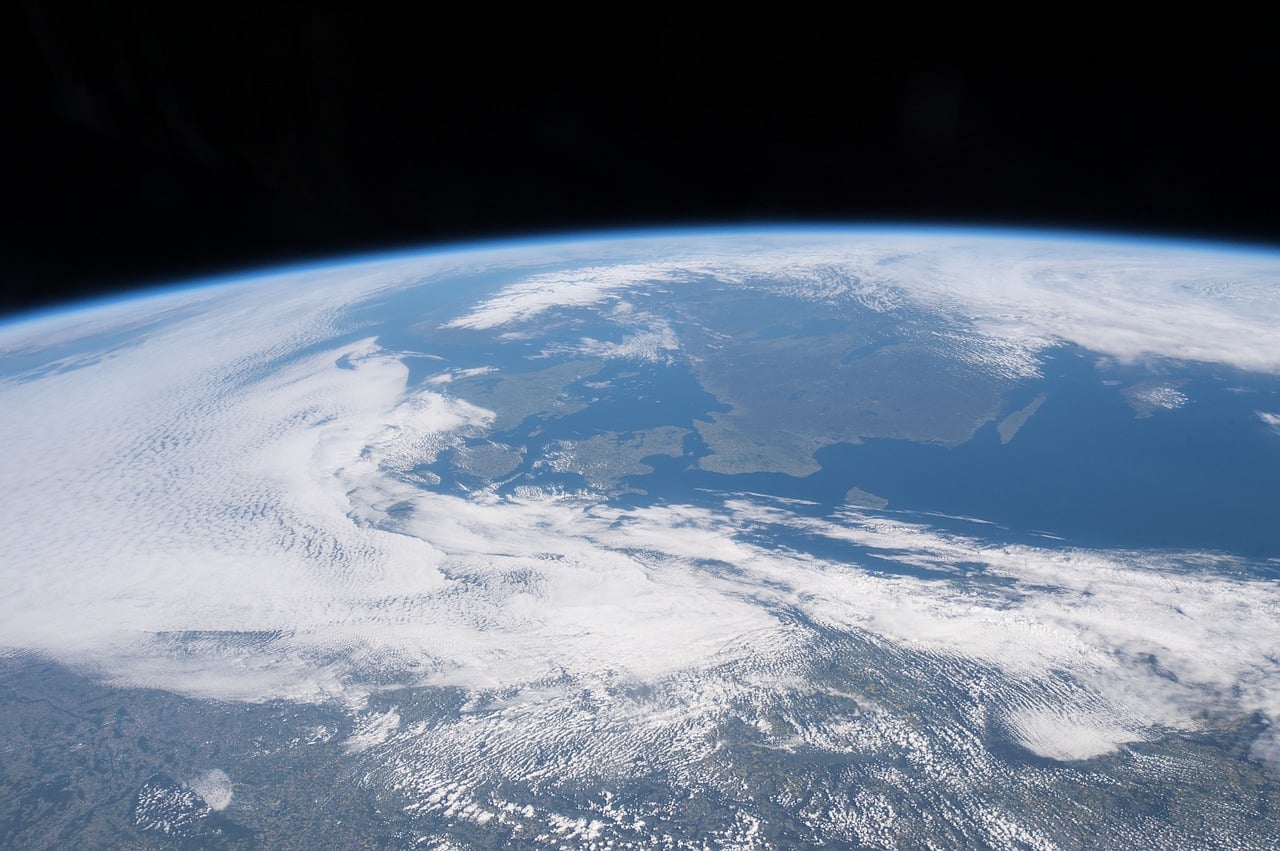Scientists are considering the possibility that intelligent life before humans may have existed on Earth, and discussing how exactly we would find traces of their existence and determine whether this is fact or fiction.
With scientists nicknaming the theory the “Silurian hypothesis” after the reptilian species that evolved before humans in the TV show Doctor Who, and are giving serious thought to the consideration that there may have been intelligent life before humans.
While the known universe is around 13.8 billion years old and complex life has only lived on the Earth for around 400 million years, humanity only industrialized in the last 300 years – an insignificant blip on the timeline of our planet’s history. Considering we’ve only been around for a fraction of the time our Earth has been in existence, there’s a real possibility that there could have been intelligent life before humans – even on our own planet – that we haven’t yet developed the tools to discover.
Study co-author Adam Frank, an astrophysicist at the University of Rochester in New York, spoke to LiveScience regarding the research, stating that “Now, I don’t believe an industrial civilization existed on Earth before our own — I don’t think there was a dinosaur civilization or a giant tree sloth civilization…But the question of what one would look like if it did [exist] is important. How do you know there hasn’t been one? The whole point of science is to ask a question and see where it leads. That’s the essence of what makes science so exciting.”
Many wonder how exactly intelligent life before humans could have existed without us being able to discover the fact that they were around before us, but Frank and co-author Gavin Schmidt (director of the NASA Goddard Institute for Space Studies in New York) suggest that artifacts of industrial civilizations – human or otherwise – are unlikely to be easily found on the planet’s surface after 4 million years. Considering our planet is hundreds of millions of years old, it would make sense that intelligent life before humans could have existed without us having any idea of this fact.
There’s also the fact that the amount of material that gets fossilized is incredibly small. While we have a few thousand fossil specimens that are near completion, that’s a tiny fraction of the huge amount of dinosaurs that once roamed the Earth.
In order to find evidence of the existence of intelligent life before humans, scientists will have to dig a little deeper – both literally and figuratively. By turning to the geological records of Earth or other planets, the scientists were able to look for signs of civilization that humans might create during the Anthropocene – the geological period of time that has been influenced d by humans.
“After a few million years, any physical reminder of your civilization may be gone, so you have to look for sedimentary anomalies, things like different chemical balances that just look wacky,” Frank said.
By looking at chemical balances such as the huge amount of carbon given off by industrial civilizations. Since the industrial revolution, humans have released more than 500 billion tons of carbon from coal, oil, and natural gas back into the atmosphere. By looking at sediments for traces of this carbon, it may be possible to determine whether there was intelligent life before humans.
Another way in which intelligent life before humans could be discovered – assuming the species is as selfish and destructive as our own – is the fact that human-like industrial activity may have caused the mass extinction of a large number of species, which will likely be visible in the fossil record. If we can find a period of time in which a lot of species went extinct and this is shown in the fossil records, it may be possible to ascertain whether intelligent life before humans truly existed.
According to Frank, thinking about the impact that intelligent life before humans could have had “could help us think about what effects one might see on other planets, or about what is happening now on Earth.”
The findings will be published in an upcoming issue of the International Journal of Astrobiology.





